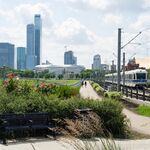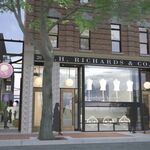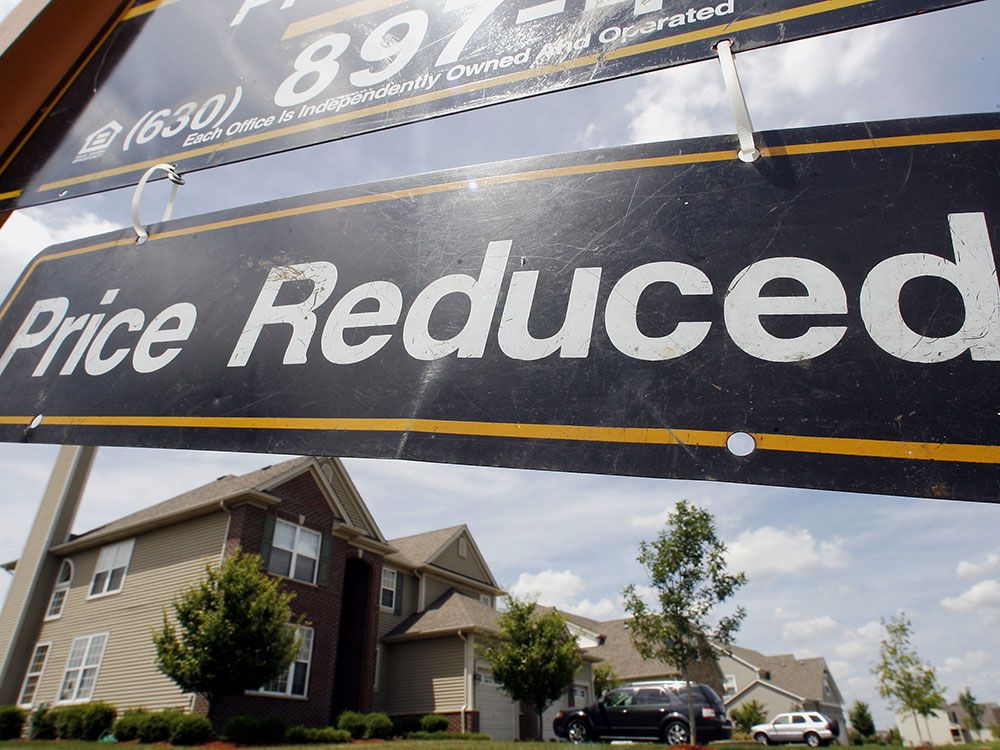David A
Senior Member
Exactly. I realize some of the newer homes may be quite nice inside, but often the biggest feature facing the street is a large rather plain garage door along with an accompanying large plain concrete pad. After that often there is just room for a sliver of grass and maybe a tiny shrub or tree. It also seems rather fortress like and not really geared for interaction with the neighbourhood.
I have never found this either very attractive or impressive and it surprises me that anyone thinks that is great. I much prefer areas where the fronts of the homes have more character and a nice space for yards in front.
I have never found this either very attractive or impressive and it surprises me that anyone thinks that is great. I much prefer areas where the fronts of the homes have more character and a nice space for yards in front.






